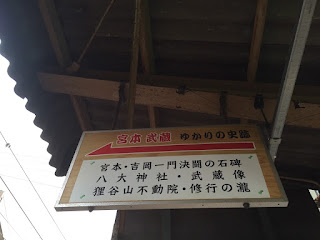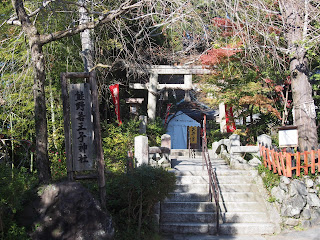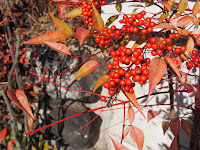You can have great sushi at reasonable price along the Kamo River side, Kyoto.
There is a 100 yen sushi restaurant in the Pontocho, about 5 minutes on foot from the Sanjo Station.
It's not a sushi-go-round (回転ずし/kaiten-zushi). In the case of a sushi-go-round bar, they usually offer two pieces of sushi on a plate at 100 yen. Here, at SUSHITETSU, a piece of sushi is 100 yen without tax; however, it is necessary to order 2 pieces of the same type of sushi as a set every time in a similar way to kaiten-zushi.
left back: raw prawn(生海老/namaebi), center line: salmon (サーモン/sarmon), left front: salmon roe (イクラ/ikura), right front: young yellowtal (ハマチ/hamachi)
back: silver salmon (銀鮭/ginzake), front: avocado (アボカド/abokado)
And, this is one of my favorite Japanese-style meal! ↓↓↓↓ yummy
a cup-steamed egg custard hotchpotch.(茶碗蒸し/chawan-mushi)
If you want to see more pics of menu, visit their website. http://www.sushitetsu.info/menu/
We had seats at a low table over a hole in the floor, but there are counter seats and you can see that a chef is making sushi under your eyes.
----------------------------------------------------------------------------------------------------------------
Adress: 133-1 Ishiyacho, Pontocho, Sanjo-dori Kudaru, Nakagyo-ku, Kyoto-shi, Kyoto, 604-8002
Access: five minutes walk from Sanjo Station on the Keihan Electric Railway / Keihan Sanjo Station on the Tozai line of the Kyoto Municipal Subway, 10 minutes walk from Kawaramachi Station on Hankyu Kyoto main line of Hankyu Railway
Tel: +81 75-257-1285
Opening hours: 17:00-24:00 on weekdays
11:30-15:00/17:00-24:00 on Saturday
11:30-24:00 on holidays
Table charge: 315 yen
no parking lot, separation of smoking and non smoking areas
----------------------------------------------------------------------------------------------------------------
I recommend SUSHITETSU because it is neither too casual like a kaiten-zushi nor expensive like a high rank restaurant. Also, SUSHITETSU gets a good evaluation on the tripadviser!
When you visit sightseeing spots or something around Sanjo or Kawaramachi, go and have some nice sushi there!
If you are looking for something interesting to do in Kyoto, why don't you be wrapped in Japan? We have special kimono for you to take some souvenir photos as a Japanese cultural experience, and you can also renew your vows in ancient Japanese-style wedding ceremony! For more information, please visit our website now. →http://wrappedinjapan.jp/
See you next time!


























































